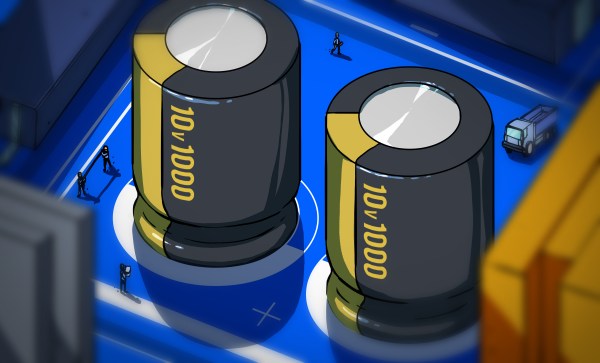Photographic accessories are often plagued by high prices, as photography is considered a rich man’s game. It doesn’t have to be that way though, and [Snappiness] is here to get you started on the route to cheaper kit with a waist-level viewfinder project.
If you’ve used a twin-lens reflex camera then you should be familiar with a waist level viewfinder, it’s a lens and mirror arrangement allowing the photographer to frame the shot looking down from above. Modern cameras often have no viewfinder, so this is aimed at digital compacts without flip-up screens.
It has three components, all available for relatively low prices, and mounted in a 3D printed case. There’s a prime lens, a mirror, and a Fresnel lens forming the part the photographer looks through. It’s a simple device, but still one which would cost a lot more off the shelf. The video is below the break.
It might interest you to know that this is not the first viewfinder project we’ve brought you for digital cameras.


















